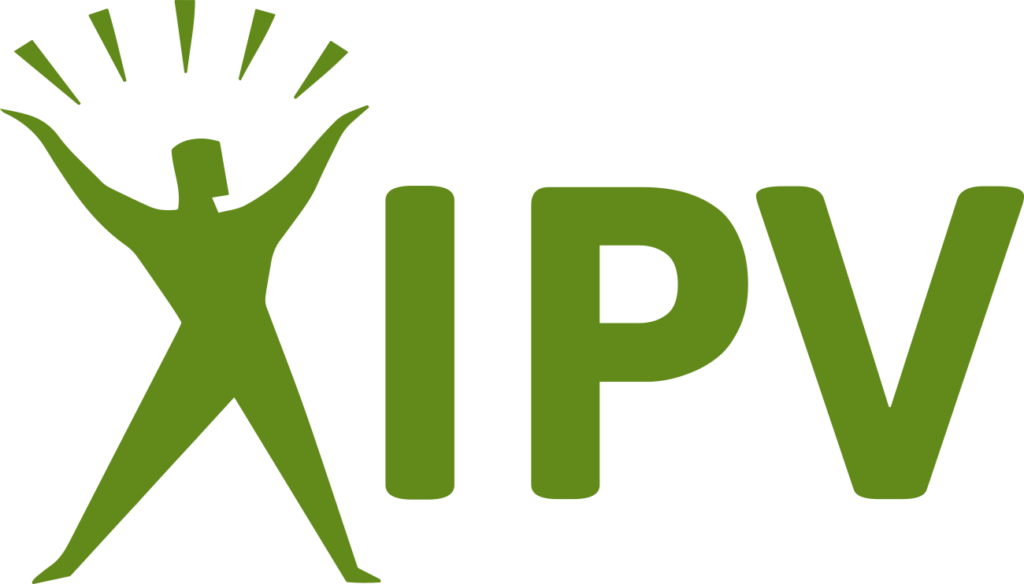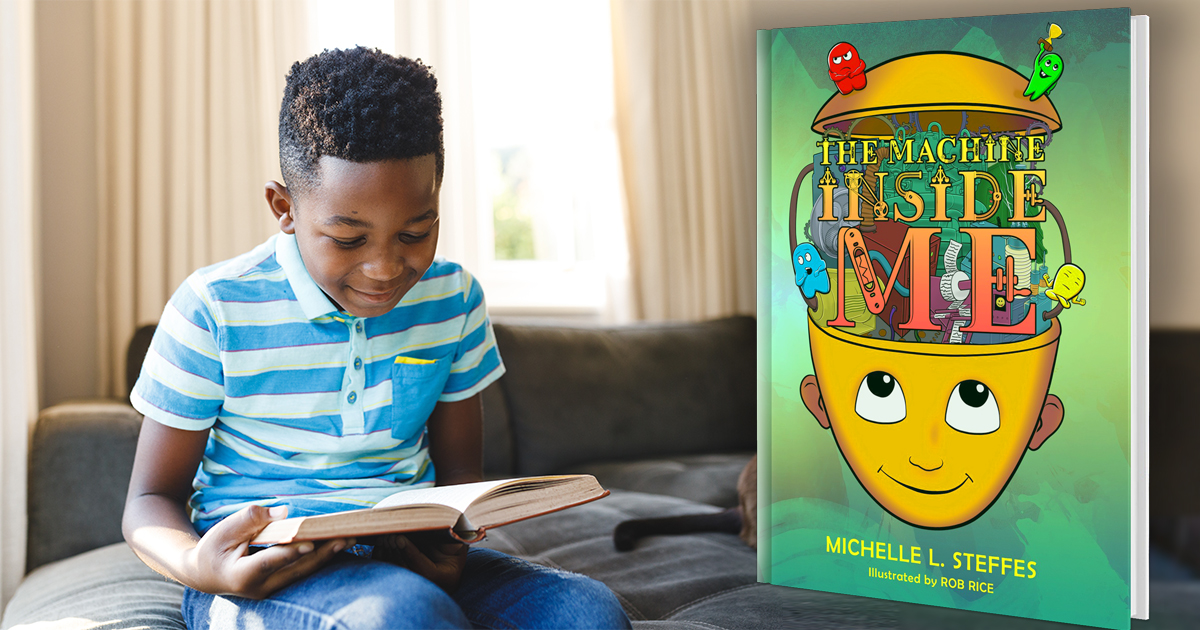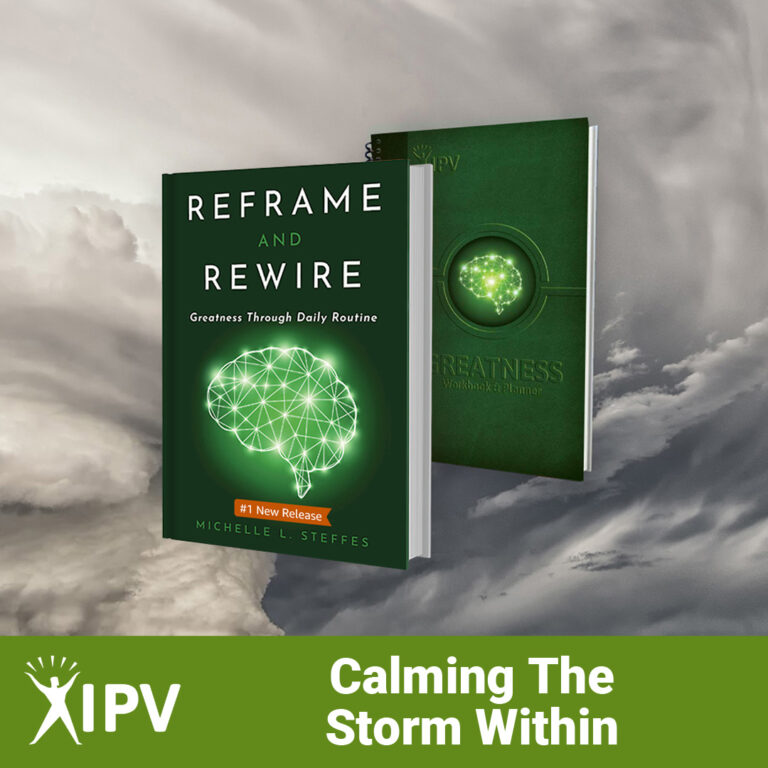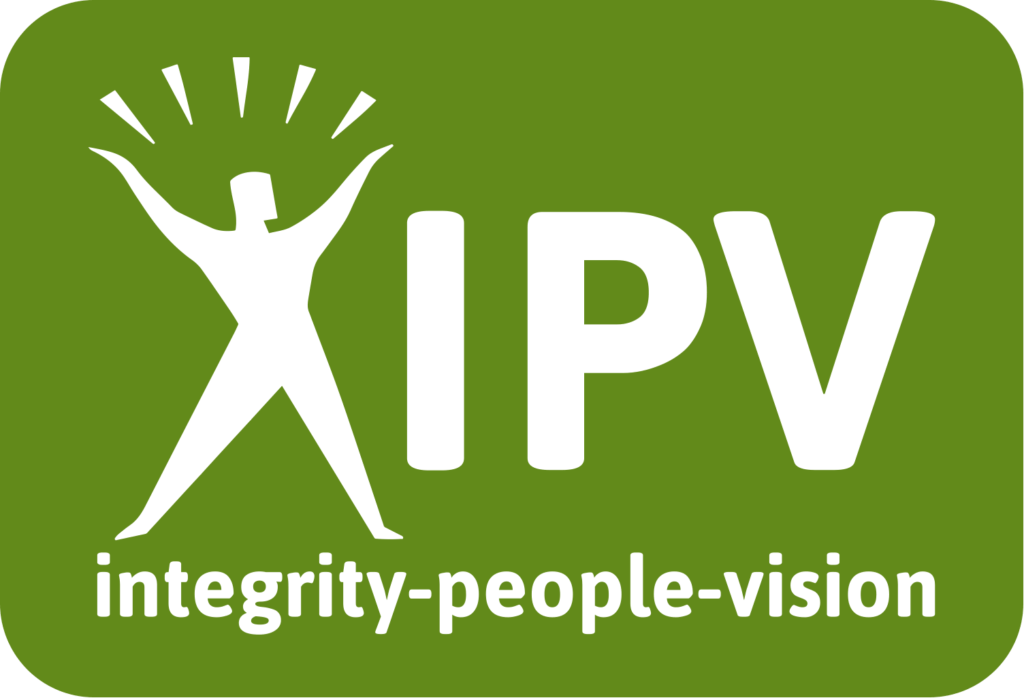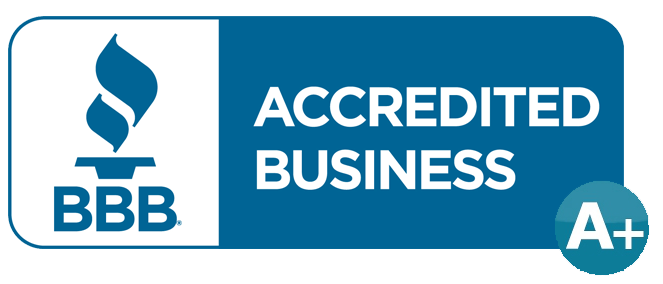IPV Brings Breakthroughs to Children of All Ages:
"The Machine Inside Me" Available Now
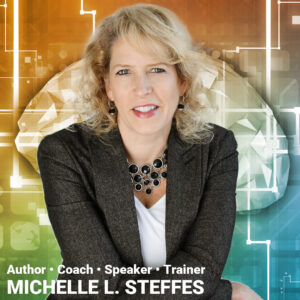 What if you had buttons and switches that would allow you to turn off or tone down emotions such as anger or hurt and turn up love and compassion?
What if you had buttons and switches that would allow you to turn off or tone down emotions such as anger or hurt and turn up love and compassion?
That’s the central question author, speaker, and business coach Michelle Steffes asks children to consider in her new graphic novel designed to build resilience in post-pandemic youth.
The book, illustrated by Rob Rice, is a whimsical depiction of the power and plasticity of the human brain. An expert on the relationship between neurochemistry and thought patterns, Steffes breaks down the power of positive thinking in child-oriented byte-sized bits with exercises and easy metaphors to make sense of their complex inner workings.
“The Machine Inside Me” is now available on Amazon.com. We caught up with Michelle to learn more about this project.
Q: Michelle, your book “Reframe and Rewire: Greatness Through Daily Routine” was a #1 New Release on Amazon last year, and you’ve been asked to coach numerous corporations on the topic of resilience. What inspired you to apply this expertise in an illustrated children’s book?
A: Great question! The driving force behind what I do for corporations in creating resilience in leaders and their teams stems from an intense passion to see people win in both life and career. However, that passion does not end with just grown-ups. Having raised 3 children of my own and now enjoying a beautiful grandchild, I have deep concerns about the inner strength of our next generation. Furthermore, I myself suffered from many insecurities in my teen years so it is easy for me to identify with the struggle of growing up no less adding to it the challenges they have faced in recent years.
There are so many distressing stories of our youth today feeling alienated, confused, and uncertain about how to grapple with everyday life amid so much turmoil. As I watched the acceleration of challenges for young people, my heart expanded with the idea of authoring a book for the ages of 9-14 that might help them to become powerful leaders of themselves through a shift in mind sets and habits.
Q: So in effect, is this the G-rated Brain Science Behind Habits?
A: Oh, yes! Very well stated, G-ratings mean it is for a “General Audience” as silly it may sound, I have had many beta readers tell me that this would not only benefit young people but all people since it is laid out and illustrated in such easy-to-understand terms and applicable insights. Above all, my incentive for this project is to help individuals who are struggling to rise above the challenges of today.
Even in my daily podcast, I share the importance of realizing that real change is not found in the big things but in the little things we do every day, consistently over time. It is and will always be our daily habits that will empower us to win or set us up to lose in day-to-day challenges.
Q: In “The Machine Inside Me,” one of the characters, Liam, suffers inattention and failure at school. Can you discuss ways his self-talk originates “negative wiring”?
A: In short, the negative wiring is formed by 100 billion neurons in our brain. These neurons activate with every thought or idea that comes in through the five senses or is manufactured within our own minds by our inner dialogue. When we think thoughts of any kind, whether they be skill sets, knowledge, practices or even how to manage challenges and process trauma in life, neurons fire off at 400 billion actions per second to form what are called networks.
Liam’s brain had worked extremely hard at wiring in the negative because he spent most of his days and even his nights thinking about everything that was wrong with him or with his life. Psychologically, was catastrophizing in his mind the worst-case scenarios to the degree that he simply could no longer see himself as a winner. The more he allowed this kind of inner dialogue to go on, the more these patterns developed.
Physiologically, Liam created an inner state of stress chemistry that prohibited his mind from its best functions since too many stress chemicals can cause many issues such as a lower depth of perception, inability to retain information, headaches, fatigue, and many other problems which will only perpetuate things further. This is true whether you are a child or an adult.
Q: How do you think the pandemic and remote schooling affected students like Liam?
A: I am glad you asked.
The consequences of these actions for students are not talked about enough. Although virtual serves a purpose for certain things and learning can be accomplished. It cannot replace the necessity of interaction and socialization for students. All people are social creatures. However, I believe that for young people like Liam, it is imperative.
Unfortunately, robust evidence of this missing component in the lives of teens will not be truly felt until they become adults and their ability to function well in society is tested.
In a 2021 published article, it was reported, “Newly released data from the US Centers for Disease Control and Prevention reveal a surge in self-harm and hospitalizations from poor mental health among teens in 2020.” And this is not the only report showing a rise in suicide as well as mental health issues in 2020 and 2021. It is genuinely concerning.
Q: In another section of the novel, ‘tween Anna struggles with body acceptance. How does social media engender negative self-talk and increase anxiety in children?
A: Having been a young adolescent myself who was a “late bloomer” I can see myself in Anna’s position in life. Growing up and measuring up can be incredibly painful and with the wrong mindset, it can send teens and preteens down the rabbit hole rather quickly. This age group is quite awkward and uncertain at times without adding in the social media.
It is far too easy for young people to click a few keys, add a photo or two and crush someone’s spirit in a matter of seconds with little or no discretion about the harm done.
Furthermore, competition is natural for young people growing up. In Chapter 2, Anna is experiencing the heavy weight of self-hatred while putting on a facade of being happy and popular even though she is miserable inside. This kind of pattern on social media is common with all ages. On the surface, it may seem innocent. However, when people constantly measure their success or happiness based on what they see with social media, or with how many “likes” they get, the consequences can be devastating.
Q. I love that you created the characters Dopie, Sara, Oxy, and Gabby to represent positive neurochemicals. Can you explain how children can leverage these “friends” to create greatness through daily routine?
A: Thank you! I love these little characters too. Most of the credit for their design as well as all the illustrations belongs to Rob Rice Illustrations. He did an outstanding job developing each one by reading my descriptions of them. Rob was a joy to work with!
Although neurochemicals don’t look at all like the characters in the book, I felt it would be fun to give them a look and a personality that matches their basic functions. This makes it a bit easier to understand how each affects us day-to-day and that we underestimate how our moment-to-moment thoughts and decisions can affect how we feel and process what comes at us.
As for using them as leverage, I will leave the rest of that explanation to the book so I can leave some mystery for exploration. You will find the introduction and full definitions of these characters in Chapter 3.
Q: In the book, Liam learns to be brave enough to ask for help. What hurdles do you think young people face today in reaching out?
A: Sadly, I think many students struggle with this dilemma. It is usually a mixture of things but to name a few, it could be insecurity, a doubt of their abilities, fear of being ashamed or embarrassed if they get the wrong answer, social anxiety or an inability to retain information due to stress, etc. The list is quite extensive. I fear that this may get worse with the desocialization factor involved in virtual-only learning environments. Let’s hope not.
Q: In the book, you describe four “Super Powers” children can harness to transform negative thinking. Can you talk a little bit about the science behind this? Is there an element of Cognitive Behavioral Therapy at work here?
A: Well, I would agree with the notion of CBT being a foundation to the “Superpowers.” It is so unfortunate that this type of curriculum is not presented to students during school age. Emotional Intelligence has been documented as one of the most imperative social skills for both youth and adults. EI is also the precursor to success in family life, as well as career advancement.
Having the ability to be self-aware, the discipline to exercise self-control, the ability to reframe thoughts and perceptions, the cognizance to exercise empathy to others and the determination to push forward despite adversity is a powerful practice in anyone’s life.
The Superpowers in Chapter 4 introduce the reader to these basic principles sharing examples of thinking more about what we are thinking about (self-awareness) deciding to reframe those thoughts, thus altering how we feel. With this superpower, we can choose more effective ways of coping, processing, and reacting to circumstances beyond our control.
The chapter also helps the reader to realize how their emotional state can influence the reactions of others around us in big ways. This empowers them to utilize the “machine within” to develop healthier habits and demonstrate more control from within.
Q: The workbook built into the wonderful illustrations makes it easy for children to map out their feeling, responses, and alternatives to negative thinking. Can you describe the value of this ‘hands-on’ engagement?
A: Great question! I am a firm advocate of two things when it comes to retention of information.
Number 1 – I believe we must consider all three learning styles when material is presented since everyone has a different method of disseminating information. (visual, audible and kinesthetic learning). This book contains all three.
Number 2 – I am a big advocate of interactive learning despite learning styles. For example, when I present to leaders and teams, I intentionally offer content in 10-15 minute segments followed by an interactive application activity with an opportunity to present to the entire group. This method increases the probability of retention and future application.
Q: When you conceived The Machine Inside Me, were you thinking of giving parents an assist, or did you envision a more widespread use, such as though schools and mental health initiatives? Can corporations help sponsor organizations to distribute this help to children?
A: My answer to this question is “D” All of the above! It is my greatest hope that this book will be useful at many levels and play a role, however small or large, in giving our next generation the ability to transform themselves in ways that could improve both their lives and their cultures.
Q: What was your favorite thing about creating this book?
A: Knowing that the information within this book could help our youth to gain the inner strength and confidence they need to win today and in the future.
For me personally, had I been given this knowledge as a teen, I may have been able to avoid some of the most painful memories of my life. However, I also realize how valuable those memories have been in compelling me with the intense compassion I needed to invest over 10,000+ hours of study into understanding these powerful principles which have been instrumental in helping hundreds of others win in life and career!
Make A Difference For Children In Your Community
Want to help change the lives of students at risk in your area? Learn how you can sponsor books for school districts, adoption agencies, community youth outreach centers, and more!

Michelle L. Steffes
Empowering leaders, building business
and unifying teams for over 25 years.
-
Energetic & passionate Professional Speaker, Corporate Trainer and Certified Coach
-
Possesses 10,000 hours of study in neuroscience, physiology and human behavior
-
Leverages neuroscience & pattern disruption to transform lives and cultures.
-
Expert in training on Emotional Intelligence and Resilience
-
Featured in FACES Magazine as “The Face of Corporate Training”
-
Author of “Reframe & Rewire: Greatness Through Daily Routine”
-
Creator of the 5 in 5 Performance Coaching Program
Get the Book That Started It All
Amazon #1 New Release
Now an Amazon #1 New Release, Reframe & Rewire is an in-depth, step-by-step study guide on the science of habits.
Get insight, tools, and inspiration to build a routine that will empower every aspect of your life. Pages filled with compelling statistics, case studies, and elements of neuroscience and human physiology.
You will discover irrefutable science-backed evidence that, when applied, will transform your state of mind, ultimately giving you total control of your life, career, and destiny.
Through small, daily changes utilizing this interactive journey, you will discover new methods of thinking and living that will revolutionize your world and propel you to GREATNESS!
In This Book:
- 7 Actual Case Studies
- The Brain Science Behind Habits
- Retraining Your Brain Through Cognitive Restructuring
- Heart Science, Energy, and the Law of Attraction
- Powerful Principles of Influence and Greatness
- Tips and Tools to Build Your Success Routine
